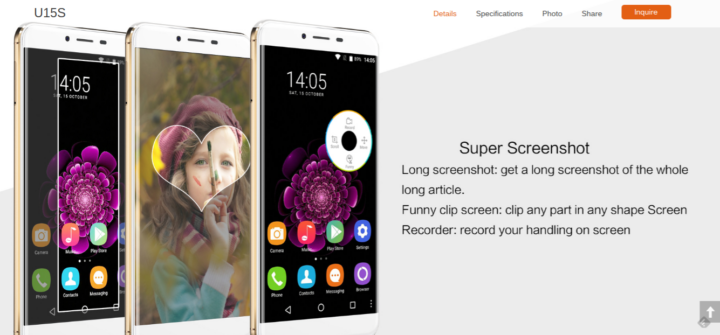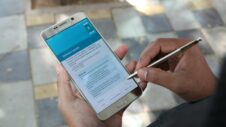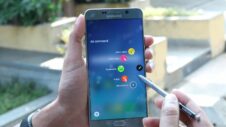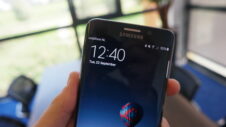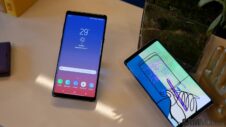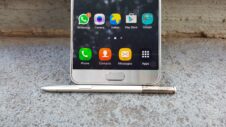With the arrival of the Galaxy Note 5, Samsung introduced a feature called Scroll Capture that lets you take a screenshot of what's on your page and then scroll to capture the rest of the page. It's a feature that finally eliminated taking multiple screenshots of the same page. Well, a new mid-range smartphone announced back in October draws inspiration from Samsung's Scroll Capture feature that now also lives on the Galaxy S7 and Galaxy S7 edge (my Verizon S7 edge has converted Scroll Capture into “Capture More”).
The phone in question? The Oukitel U15S.
The Oukitel U15S brings features such as a 5.5-inch Full HD panel made by Sharp, a 1.5Ghz octa-core MediaTek MT6750T SoC, 4GB of RAM, 32GB of internal storage, a 5MP front-facing camera and 13MP back camera (Oukitel says these can be “interpolated” to 8MP and 16MP, respectively), and a SCUD 2,700mAh battery. The specs provided above don't quite tell the whole story, since the 4GB of RAM and 32GB of flash storage are both provided by Samsung. RAM and NAND flash from Samsung aren't surprising though, considering that Samsung is a giant in its offerings in both these areas.
What is surprising about this handset though, is that Oukitel, known for its durable build quality (yes, the K series can be used to hammer nails), draws inspiration from Samsung's most prestigious high-end S and Note series. The Oukitel U15S showcases an advanced feature known as Super Screenshot that lets you get up to 10 pages of any article, regardless of what page you're actually reading on-screen. If you're on page 3, you can still use the Super Screenshot feature to grab pages 4-10, for example. The label “Super Screenshot” testifies to the goal of this feature: to go beyond the basic idea of a screenshot to now allow you to screenshot multiple pages in one screenshot instead of requiring 10 screenshots for 10 pages.
Oukitel's Super Screenshot feature is rare for a mid-range handset, but it shows Oukitel's desire to stand out by revolutionizing screenshots. And yet, Samsung has started a revolution with its Scroll Capture, which was unheard of until the Korean giant unveiled the Galaxy Note 5 in August 2015. Prior to this, though, Samsung had started revolutionizing screenshots with its “Palm Swipe to Capture” feature that lets you use the side of your palm and swipe it across the screen (from left to right) to capture on-screen content, eliminating the need to hit the home button accidentally and watch an app exit to the home page.
Oukitel's inspiration from Samsung regarding screenshots is one that we applaud. Samsung has always said its goal has been to make the industry better, and we can see that here, even in screenshots.
Currently, most Android smartphones still mandate the use of multiple screenshots to capture an entire page, and we hope that Oukitel's move with Super Screenshot will spur other well-known Android OEMs such as Motorola, LG, and HTC to revamp their own screenshots so that you need not continue the old “piece-by-piece-per-page” screenshot process. Samsung is the trendsetter in screenshots, and Oukitel has taken the idea and run with it. Let's hope that so many other Android OEMs sit up and take notice.

